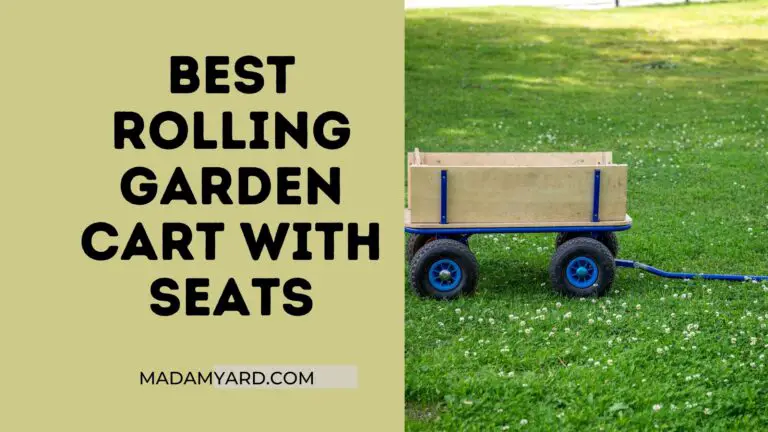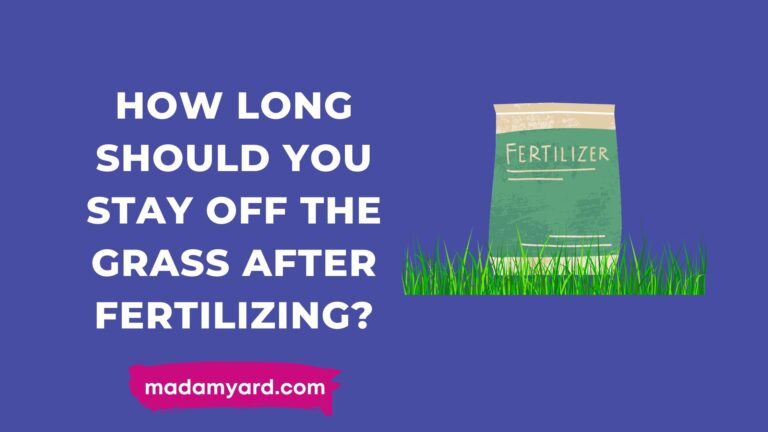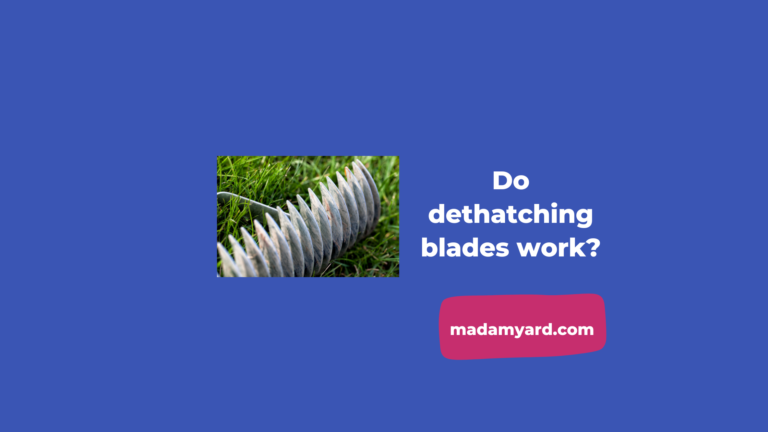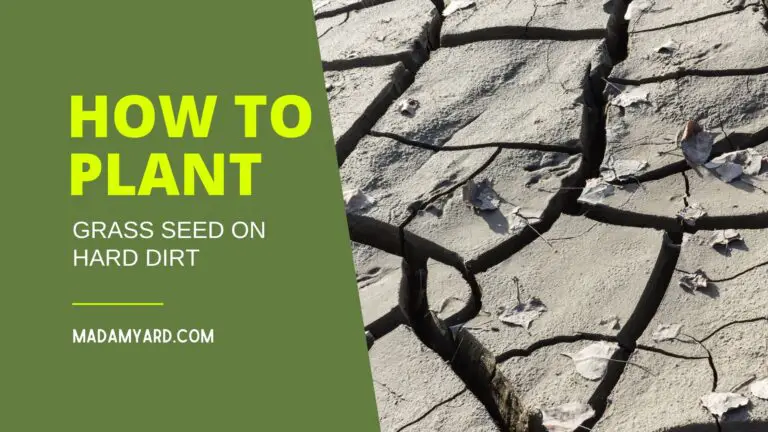How Do Lawn Bubbles Form? (How to Get Rid Of Them?)
We despise it when we acquire a random zit, especially when it’s smack in the middle of our face or appears on the day of a big occasion. But did you realize that this may happen not just to people but also to lawns? Many people have a question that how do lawn bubbles form?
Lawn blisters are zit-like protrusions that appear on the lawn. They’re soft, and lying on them will almost certainly make you feel like you’re on a waterbed.
What Are Lawn Bubbles? (Lawn Blisters)
These bubbles, sometimes lawn blisters or turf blisters, appear beneath the grass when a water pocket develops beneath the surface. It’s commonly found between the grass and the plastic liner, which serves as the turf’s base.
For dirt that isn’t in excellent shape, a plastic covering requires. After you’ve put it up, distribute incredible soil over the plastic lining, allowing healthy grass to grow up.
Lawn blisters can arise for a variety of causes. An influx of water is sometimes to blame, although a damaged pipe or severe rain might also be blamed.
The lawn blister I saw in that popular video a while back, where a Pennsylvania guy met a giant water bubble in the yard, was created by heavy rain. If you haven’t watched it yet, I strongly advise you to do so. It’s not just pleasant but also educational.
However, even while grass blisters are generally harmless, they can be rather unpleasant at times. You see, sometimes it’s not water that causes them to form, but rather a build-up of gas. That’s why you should always check it well before doing anything with it.
What Causes Lawn Bubbles?
Water becomes trapped beneath the grass and cannot drain or be absorbed, resulting in lawn bubbles. The grass floats on top of the water pocket when water gathers beneath the surface of the grassroots. As a result, the lawn develops a blister-like elevated region.
Heavy rains or a busted water pipe are two possible explanations.
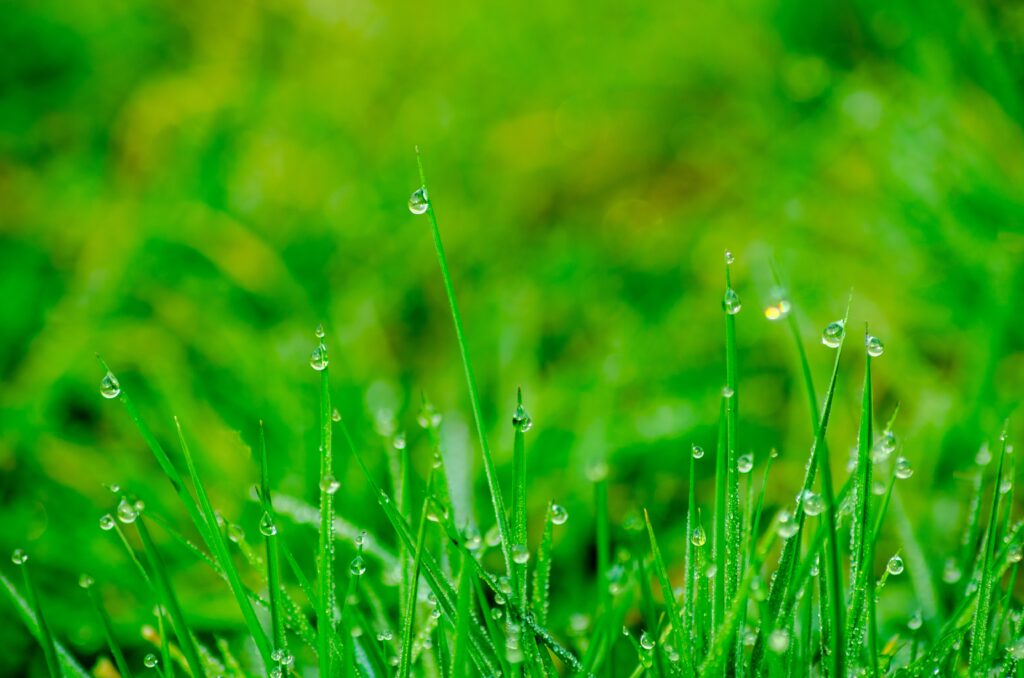
The most common cause of ground bubbles is excessive rainfall. We occasionally get rainstorms that are so intense that our yards are unable to drain the water. This water may become trapped beneath your grass.
If you have a layer of plastic beneath your topsoil, this is more likely to happen. You might not even notice that your grass has plastic underlying it unless you placed it yourself.
Landscapers occasionally put a layer of plastic down in locations where the soil is weak, then cover it with better-quality, imported topsoil. To make a good lawn, this is next turfed or planted.
Even without a coating of plastic, though, water grass bubbles can form. If you have dense, closely grown grass, they’re more likely to happen. It appears to be an unsatisfactory reward for thick, lush grass.
As a result, we now know that rainfall is the primary culprit. But what if it hasn’t rained in a long time and you see a grass bubble? It might indicate the presence of a broken water pipe under the surface. The lawn bubble is a lifesaver in this scenario, as it calls attention to the leak.
A methane build-up seldom results in the formation of a grass bubble. It isn’t something evil; it’s just the normal decaying process of plants.
A common misconception is that a lawn blister indicates the presence of a sinkhole; however, this is not the case (although obviously, seek expert advice if you have good reason to believe that there might be one in your lot).
How Are Grass Bubbles Formed?
You may have the question of how do water bubbles form under the grass? When heavy rainfall, water from a faulty irrigation system, or water from a burst pipe runs beneath a layer of grass and cannot drain through the soil because it is saturated, the grass bubble phenomenon develops.
As a result, a muddy, water-filled hollow forms between the grass and the earth, generating a bubble-like protrusion. It’s worth noting that bubbles on grass are more prevalent in areas where plastic has been put beneath the lawn.
If you haven’t covered your lawn with plastic, grass that has grown too tight or sod spread too thickly might be the source of your grass bubbles.
Can Lawn Bubbles Kill Your Grass?
While the lawn blisters may appear to be appealing to jump on, they might have detrimental consequences for your grass. Although the impact isn’t extreme, it does make things more difficult for you.
The lawn bubbles, for starters, will damage your grass. Because a water layer forms grass bubbles beneath the surface, the water does not rise to the surface of your lawn.
It means that the region around the grass bubbles isn’t getting the nutrients it needs from the water.
As a result, it can destroy your vegetation due to a lack of water.
When the weather is damp or rainy, the grass will ultimately bounce back. Therefore this may not happen. It will only work if the soil under the surface is not affected by the lawn blisters.
Are Lawn Bubbles Dangerous?
Grass bubbles aren’t very harmful, as they don’t usually conceal sinkholes or other hazards. They can, however, hold a lot of water, which you may not want to flood your yard.
If you come across a grass bubble and wish to get rid of it, plan drainage away from it properly. First, dig any trenches that are required. Then, with as little harm to your lawn as possible, rupture the grass bubble.
When removing a grass bubble, you may cause harm to your lawn and garden if you make a significant puncture or several punctures.
How Do You Get Rid Of Lawn Bubbles?
You must devise the most effective method for removing the water from the bubble. It would be best if you also took preventative actions to ensure that it does not happen again.
Don’t try to take it away from you. Determine the drainage regions so that the water from the bubbles may move. That may cause multiple punctures, causing harm to your landscape.
Make a trench that is appropriate for your yard. Don’t start bouncing around on it like a kid! Puncture the blister with a sharp item (any sharp garden tool).
To avoid hurting your plants, avoid making several punctures or big punctures.
• Draining Lawn Bubbles In Your Yard
The initial step is to determine where your drainage areas will be to divert water away from the bubble. After you’ve made a plan, you’ll need to dig the trenches.
You’ll need to pierce the lawn blister using a sharp garden instrument as soon as the trenches are completed, inflicting as minor damage to the lawn as possible. A big puncture, or a series of punctures, might seriously harm your grass or garden.
• Preventing Pesky Lawn Bubbles
The first step in designing your lawn is to determine where the water supply will come from. Keep an eye on your yard during the next rainfall to see where the water is coming from and departing.
If you need assistance, contact a geotechnical engineer for assistance in determining the source. After that, you’ll need to make a drainage path.
• Install Proper Drainage
Pushing the water to the side of the grass is the proper technique to deal with such bubbles. You may do this by adding extra dirt to the lawn’s middle.
If the water is dragging on one side of the lawn, a French drain can install to solve the problem.
As a result, you’ll have to redo the French drain. If your lawn is at the bottom of a slope, you may build a retaining wall to divert water away from your grass.
• Prepare Your Soil
Taking the time to prepare the soil in your lawn properly will also help you avoid lawn blisters. By layering in materials that enable water to travel more freely, you may avoid a hardpan on the surface.
This may be done by adding gravel or sand to the soil to help open up the space and improve drainage. Remember that your lawn will have its appropriate soil composition and tilling depth.
• Aerate Your Lawn For Drainage
To avoid over-saturation, aerate your grass every two or three years. Remove the cores from the soil or use spikes to penetrate the grass dirt.
Aeration allows water to circulate to the roots of your lawn grass, preventing puddling and reducing compacting.
• Hire A Lawn Care Professional
Hiring a professional is a better alternative if you don’t think you have the appropriate abilities or expertise to work on a lawn.
They can help you prepare your lawn to avoid grass blisters in the future.
It is the most effective technique to set up your lawn to maintain it in good health for a long period.
Conclusion
Grass bubbles are soft, sloshy chambers formed by trapped water from many sources, such as rain, burst pipes, malfunctioning irrigation systems, and even poor landscaping.
Though grass bubbles are harmless to humans and pets, they should be drained as quickly as possible to prevent your grass from drowning.
If you have several grass bubbles, drain them all at once into as few drainage sites as possible, using a sharp garden tool to produce small punctures, and you’ll be able to avoid any future harm.
FAQs
1. How Do I Repair Lawn Tears?
Even if you used exceptional caution when draining the water that has developed into grass blisters, you would almost certainly need to repair at least a few locations. If this is the case, patching the damaged sections is one option for repair.
To begin, remove all of the weeds from the area and prepare the soil. After that, combine one part seeds with three parts dirt and sprinkle it over the space. After that, gently push the seeds into the soil.
Finally, add just enough water to keep the area moist but not soggy. While this is a realistic alternative, it may result in your lawn looking like a patchwork quilt. Another substitute is to start again by completely redesigning the lawn.
2. How Do I Redo My Lawn?
If you decide to start again after tearing holes in your lawn or finding white tips in your grass, you must first kill all of the grass on your lawn by spraying it with a glyphosate-based herbicide.
Second, you’ll need to replace the turf. Then you’ll want to stimulate grass growth by fertilizing it and giving it lots of water—keeping the soil wet for the first seven days.
Water the grass evenly, using just enough water to keep it wet but not so much that it drowns. You might also want to consider installing an irrigation system to guarantee that your grass is watered evenly.
Then, when you’ve seen roughly an inch of new growth emerge from your new grass, be sure you fertilize it.
3. Where Are Grass Bubbles Found?
Grass bubbles, also known as lawn blisters, are uncommon, but a period of heavy rain or a ruptured underground water pipe might generate a waterbed-like bubble in your grass. Water trapped between the earth and your vegetation causes this.
Your grass “floats” on top of the water that has been captured. Grass bubbles are far more likely in regions where plastic has been put beneath the grass.

